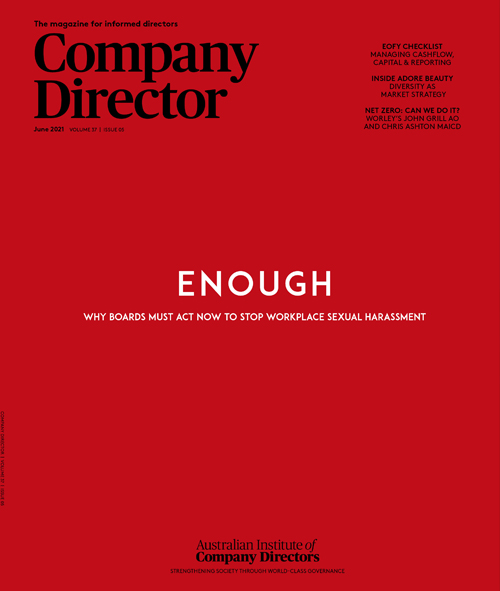Bystanders who witness harassment in the workplace play an important role in either calling out inappropriate behaviour or enabling it to exist in the first place.
Australia has had national sexual harassment legislation since 1984. Yet recent revelations of sexual violence and harassment in Parliament House reflect that we’ve been singularly unsuccessful in eliminating this pernicious form of sex discrimination. Clearly, we need to do something different if we are to rid ourselves of this blight on our workplaces. Evidence is increasing that bystanders have an important role in supporting people who experience sexual harassment and building a workplace culture that does not tolerate harassment.
The Australian Human Rights Commission survey of the incidence of sexual harassment suggests only 17 per cent of those who experience sexual harassment report it. Forty per cent of workplace sexual harassment incidents are witnessed by at least one other person. Yet in over two thirds (69 per cent) of those cases, the witness does not actually try to intervene.
The support bystanders provide can make all the difference in how harassment is dealt with in a workplace. This can range from sympathy and advice, to confronting the harasser, to making a report on behalf of the person.
Sexual harassment is typically not accidental but reflects an intention on the part of the harasser to belittle and exclude their target, to exercise power over them. Having colleagues willing to call out poor or unlawful behaviour helps build a culture of respect and safety.
It is important for organisations to encourage and expect bystanders to take action to support victims and report sexual harassment whenever they see or find out about it. This means all workplace participants need to understand what is, and is not, sexual harassment and to be aware of the avenues for reporting and support.
Difficult conversations
All organisations, large or small, should ensure all workplace participants are properly and regularly trained about these technical issues. More important is building a culture where everyone is confident the organisation will take reports seriously and handle them effectively.

This is partly procedural, but largely cultural. Leaders create the culture. Leaders at all levels need to discuss sexual harassment regularly, making it clear that it will not be tolerated, that it will be swiftly dealt with and that perpetrators will be held to account. All leaders should scrupulously model appropriate behaviour.
Robust and difficult conversations are essential, but they must always be respectful. No matter how otherwise valuable, silently condoning a sexual harasser because they are a star will ultimately undermine the performance and culture of any organisation. Leaders should focus on gender equality indicators in the organisation, such as pay equity, segmentation across different units and take-up by women and men of flexible work.
Everyone should be aware the organisation takes the approach of “See something, say something”. In doing so, you will create a robust culture with an engaged workforce; you are also creating a necessary condition to stamp out sex discrimination and sexual harassment.
Sally Moyle is former CEO of Care Australia and an Honorary Associate Professor.
Latest news
Already a member?
Login to view this content


